In carbon fiber manufacturing, curing transforms raw materials into strong parts. The autoclave method employs high heat and pressure in a closed environment for precise results. Out-of-autoclave curing utilizes alternative techniques, such as vacuum bagging, to conserve energy. These methods differ in terms of cost, energy consumption, and production scale. For example, autoclave curing accounts for over half of composite products, with the aerospace sector relying on it for more than 80%. Choosing the appropriate method significantly impacts performance, cost, and profitability. Energy savings from out-of-autoclave curing can boost profits by up to 25%.
Key Takeaways
-
Autoclave curing gives very accurate and high-quality results. It is great for important uses like airplane parts.
-
Out-of-autoclave curing, like vacuum bagging, uses less energy. It can cut energy costs by half and increase profits by 25%.
-
Picking the right curing method depends on your project needs. Think about cost, performance, and how it affects the environment.
-
Both methods make strong carbon fiber parts. Out-of-autoclave methods are getting much better in quality.
-
Look at your budget and how much you need to make. This helps you choose the best curing method for your project.
Autoclave Curing in Carbon Fiber Manufacturing
The Autoclave Curing Process
Autoclave curing is key in making carbon fiber parts. It starts with prepreg materials, which are fibers coated in epoxy. These prepregs are placed on a mold to form the part’s shape. After layering, the mold is sealed in a vacuum bag. This removes air and keeps the material clean. The sealed mold is then put into an autoclave.
Inside the autoclave, the process has several steps: heating, adding pressure, holding heat, cooling, and releasing pressure. The controlled setting ensures even heat and pressure on the part. This accuracy helps create complex shapes with fewer flaws. First used in the 1940s, autoclave curing became popular by the 1960s. It is now a trusted method in industries like aerospace and transportation.
Benefits of Using an Autoclave
Autoclave curing gives high precision and quality. The controlled environment ensures even heat and pressure on all parts. This creates strong parts with fewer air pockets and even resin spread. For example, airplane parts made this way are very strong and dependable.
|
Metric |
Description |
|---|---|
|
Even pressure |
Makes sure all parts cure under the same pressure, improving quality. |
|
Even and adjustable heat |
Keeps temperatures steady, allowing for better control during curing. |
|
Reliable results |
Consistent pressure and heat reduce flaws, making parts stronger and more reliable. |
These advantages make autoclave curing perfect for high-performance uses. For instance, it is great for making strong sailboat parts where accuracy matters.
Limitations of Autoclave Curing
Autoclave curing also has downsides. Problems like layer separation, air pockets, and shape changes can happen. Layer separation means the layers pull apart due to stress or mistakes. Air pockets weaken the material by creating empty spaces. Shape changes can make the part different from its design.
Autoclaves are also costly to run and maintain. They use a lot of energy and can only handle small batches. While they make high-quality parts, their cost and complexity may not fit every project.
Out-of-Autoclave Curing for Carbon Fiber
The Out-of-Autoclave Curing Process
Out-of-autoclave curing is a simpler way to make carbon fiber parts. It uses methods like Vacuum-Assisted Resin Transfer Molding (VARTM) and vacuum bags. In this process, resin spreads into dry fibers on a mold under vacuum pressure. The vacuum bag helps spread the resin evenly and removes air bubbles. Unlike autoclaves, this method does not need high-pressure machines, making it cheaper and easier to use.
This method works well in real-life projects. For example, aerospace companies use VARTM to make parts like spars and fuselages. These parts have fiber amounts similar to those made in autoclaves. This shows that out-of-autoclave curing can meet strict industry needs while saving money.
Advantages of Out-of-Autoclave Techniques
Out-of-autoclave methods have many benefits. They use up to 50% less energy, helping manufacturers save money. This can increase profits by 25%. These methods also take less time and cost less to start, making them great for big projects.
-
Boeing has shown that out-of-autoclave curing can make strong airplane parts with few air bubbles.
-
This process skips the need for costly autoclave machines, helping smaller companies.
-
Using less energy also helps reduce harm to the environment.
These benefits make out-of-autoclave curing a smart choice for industries wanting affordable and eco-friendly options.
Challenges in Out-of-Autoclave Curing
Out-of-autoclave curing has some difficulties. Matching the fiber amounts and air bubble levels of autoclave methods needs careful control. Sometimes, the parts may be 3-4% weaker because of lower pressure.
John Fish, a composites expert, says controlling resin flow can help match fiber levels to autoclave-made parts. New oven-curable materials are also reducing air bubbles to almost zero.
Even with these challenges, new ideas are making out-of-autoclave curing better. With the right changes, you can still make strong, high-quality parts.
Comparing Autoclave and Out-of-Autoclave Curing
Cost and Accessibility
Autoclave curing costs more because of pricey machines and energy use. Out-of-autoclave curing is cheaper with lower startup costs and energy needs. This makes it a good choice for saving money.
|
Aspect |
Autoclave Curing |
Out-of-Autoclave Curing |
|---|---|---|
|
Cost |
Higher initial investment |
Lower initial investment |
|
Energy Consumption |
Higher |
Reduced |
|
Cycle Times |
Longer |
Shorter |
|
Manufacturability |
Limited |
Optimized for complexity |
Out-of-autoclave methods are easier for smaller companies to use. Without big autoclaves, small spaces can still make great parts. This helps businesses grow and handle different projects.
Performance and Quality of Carbon Fiber Components
Both methods make strong carbon fiber parts. Autoclave curing creates parts with no air gaps and great strength. It works well for important uses like airplane parts. Out-of-autoclave curing has improved a lot. It now makes parts almost as strong and durable.
-
Both methods work well, depending on the project.
-
Out-of-autoclave curing is faster and cheaper. Autoclave curing is more precise.
-
Tests show performance differences are often very small.
For example, airplane parts made with out-of-autoclave curing can match autoclave quality. This shows the choice depends more on needs than performance.
Suitability for Different Applications
Each method fits different jobs. Autoclave curing is best for industries needing accuracy, like aerospace. It’s used for making airplane parts like fuselages.
Out-of-autoclave curing is better for saving money and scaling up. It’s great for car parts, wind turbines, and big projects. Using less energy and time makes it eco-friendly for companies wanting to cut emissions.
|
Determinant |
Description |
|---|---|
|
Out Time |
Time prepreg sits before curing starts. |
|
Temperature |
Heat level during curing, affecting chemical reactions. |
|
Ramp Rate |
How fast heat rises, impacting curing speed. |
|
Pressure |
Force during curing, affecting strength and density. |
|
Layup Orientation |
Layer arrangement in prepreg, changing final part properties. |
Knowing these factors helps pick the right curing method. Whether you need accuracy or savings, matching the method to your goals gives the best results.
Environmental and Energy Considerations
When picking between autoclave and out-of-autoclave curing, think about energy use and the environment. Both methods impact energy needs, carbon emissions, and sustainability in different ways.
Autoclave curing needs a lot of heat and pressure, which uses much energy. Large machines run on electricity throughout the process. This high energy use leads to more carbon emissions, especially if non-renewable energy is used. For example, one autoclave cycle can use as much energy as several homes in a day. If lowering your carbon footprint is important, this method might not be the best choice.
Out-of-autoclave curing is a more energy-saving option. It skips high-pressure machines and uses vacuum bags and ovens instead. These methods need up to 50% less energy than autoclaves. Using less energy lowers costs and reduces harm to the environment. For example, industries using out-of-autoclave methods have cut greenhouse gas emissions significantly.
Tip: Using renewable energy, like solar or wind power, can make both methods greener.
|
Aspect |
Autoclave Curing |
Out-of-Autoclave Curing |
|---|---|---|
|
Energy Consumption |
High |
Low |
|
Carbon Emissions |
Higher |
Lower |
|
Sustainability |
Less eco-friendly |
More eco-friendly |
If being eco-friendly matters to your business, out-of-autoclave curing is a better option. But, you should also think about how it affects performance and quality. Balancing energy savings with product needs will help you choose the best method for your goals and the planet.
Clearing Up Misunderstandings About Autoclave Curing
Myth: Autoclave Curing Is Always the Best Choice
Some think autoclave curing is the top method for carbon fiber. But studies show this is not always true. Research finds small differences between autoclave and vacuum-bagged parts. For example:
-
Vacuum-molded parts are only 3-4% less stiff than autoclaved ones.
-
GMT Composites found vacuum-bagged masts are just as strong as autoclaved ones.
Vacuum-bagged parts can also handle damage better. A study in Composites Science and Technology showed oven-cured parts resist layer separation more than autoclaved ones. This proves autoclave curing is not always better.
Myth: Out-of-Autoclave Curing Makes Poorer Products
Some believe out-of-autoclave curing creates weaker carbon fiber parts. This is not true. Tests show both methods can make strong, high-quality parts. For example:
-
John Fish, a composites expert, said nonautoclave parts are only 3-4% less stiff.
-
Both methods meet quality standards when done with the right materials.
Out-of-autoclave curing also saves weight, time, and money. These benefits often outweigh small differences in strength, proving great parts can be made without an autoclave.
Myth: Autoclave Curing Is No Longer Needed
Out-of-autoclave curing is becoming more popular, but autoclave curing is still important. Industries like aerospace still need autoclave curing for precise parts. However, out-of-autoclave methods are cheaper and use less energy.
|
Market Factors |
Details |
|---|---|
|
High-performance features |
Similar strength to autoclave curing. |
|
Cost savings |
Lower costs for equipment and operations. |
|
Faster production |
Shorter manufacturing times. |
Out-of-autoclave methods improve efficiency and are eco-friendly. Still, autoclave curing remains key for high-precision jobs.
Picking between autoclave and out-of-autoclave curing depends on your project. Autoclave curing gives high accuracy and strength, perfect for airplanes or advanced uses. Out-of-autoclave methods, like VARTM, cost less but still make strong parts. They also save weight, take less time, and are easier to produce.
Tip: Think about more than just strength. Look at surface finish, scaling up, and your budget. Match your choice to your goals and industry needs for the best outcome.
Each method has its own benefits. Choose based on what your project requires.



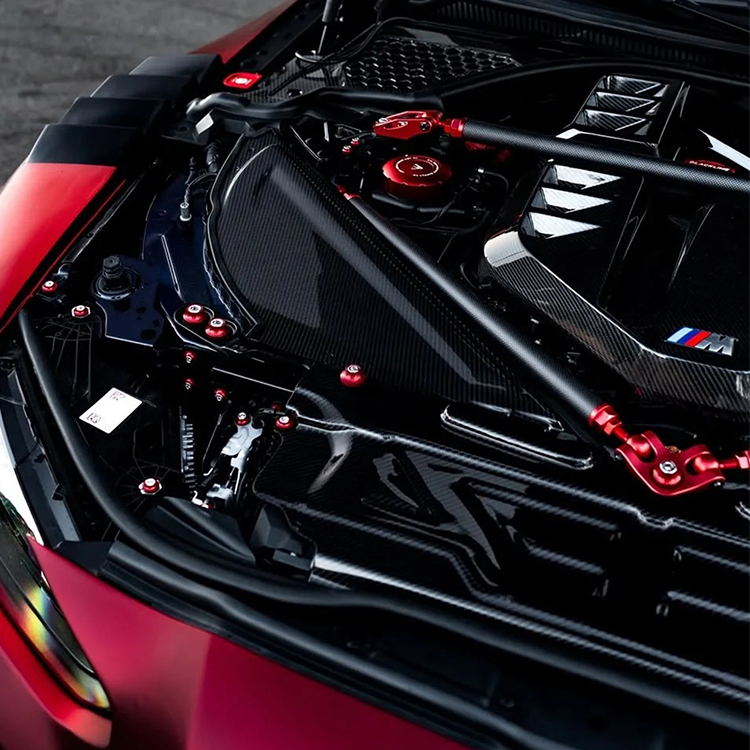
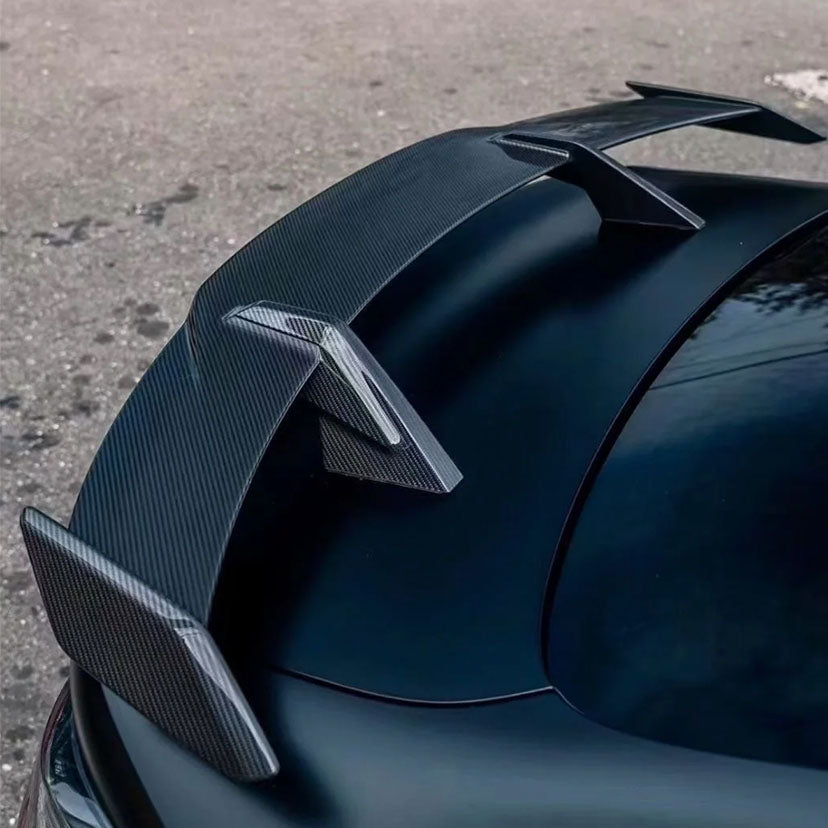
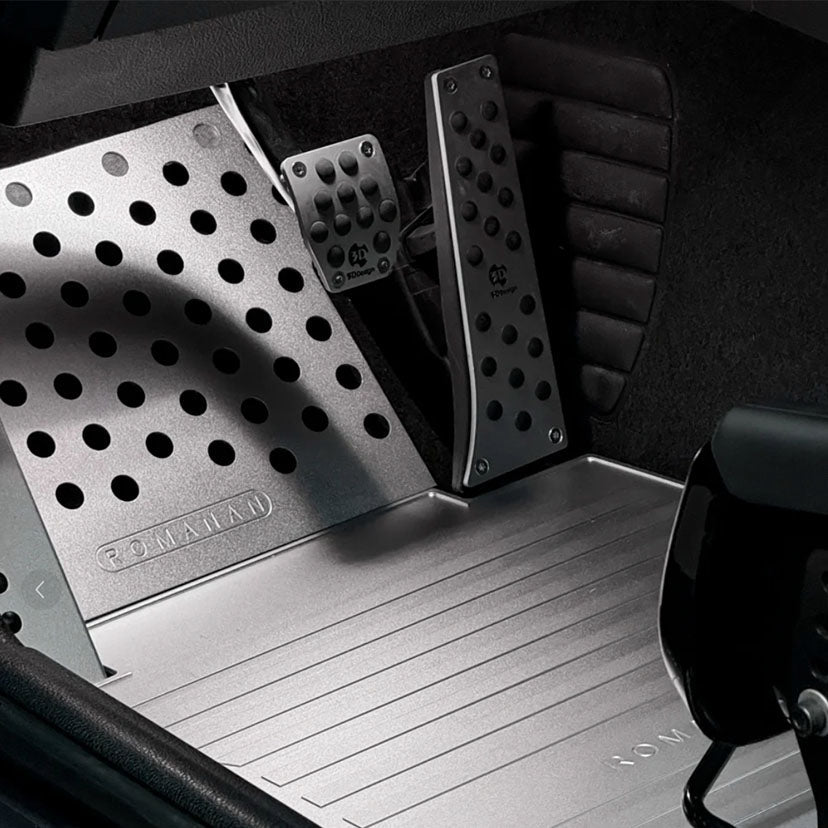
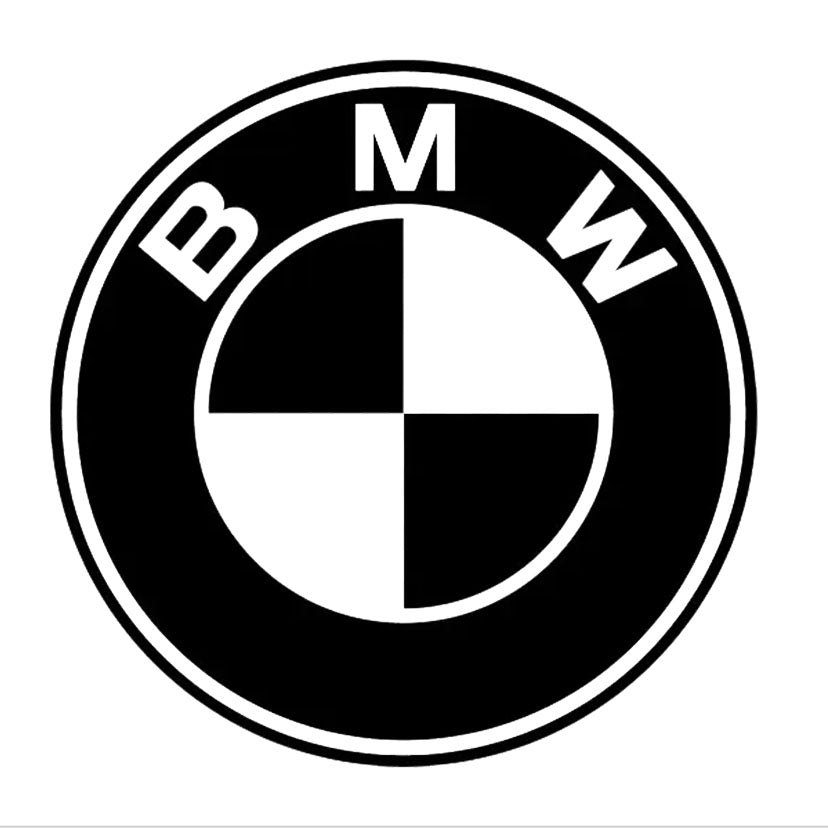
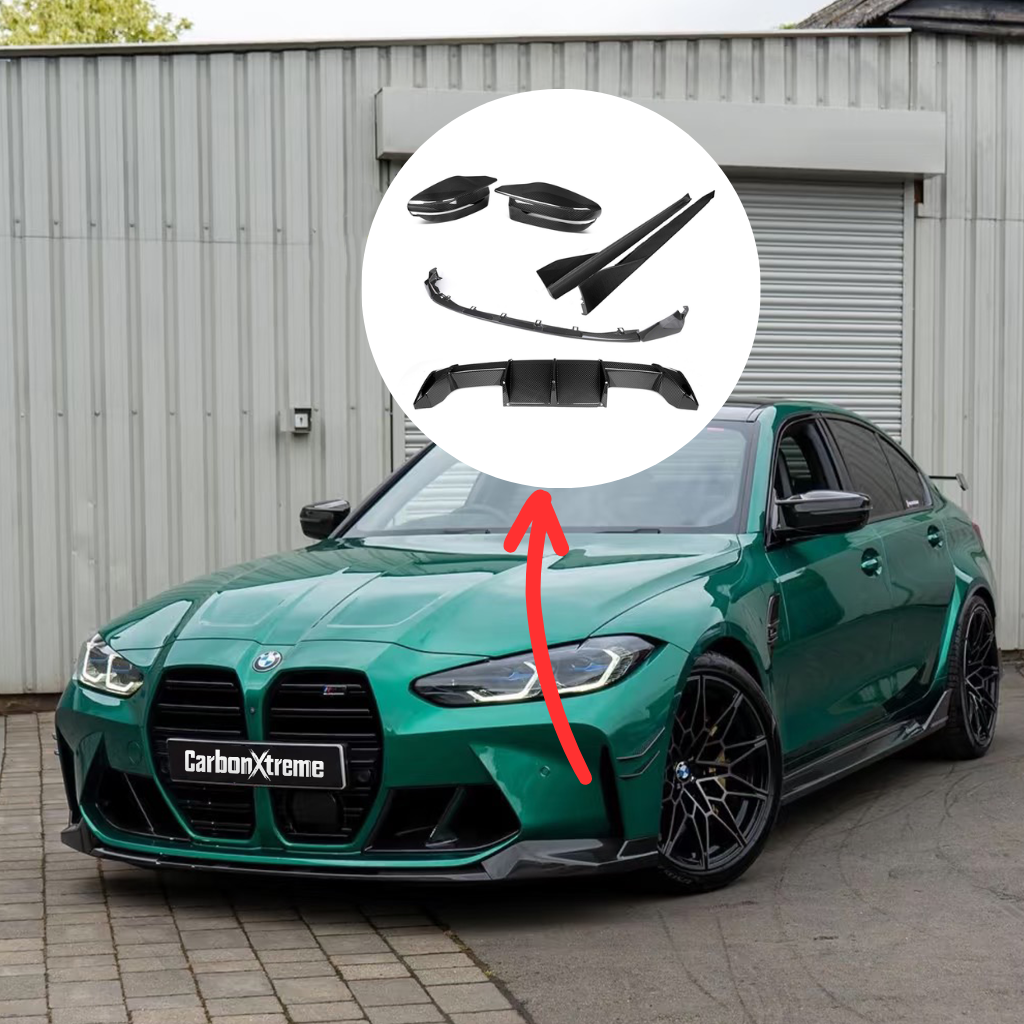
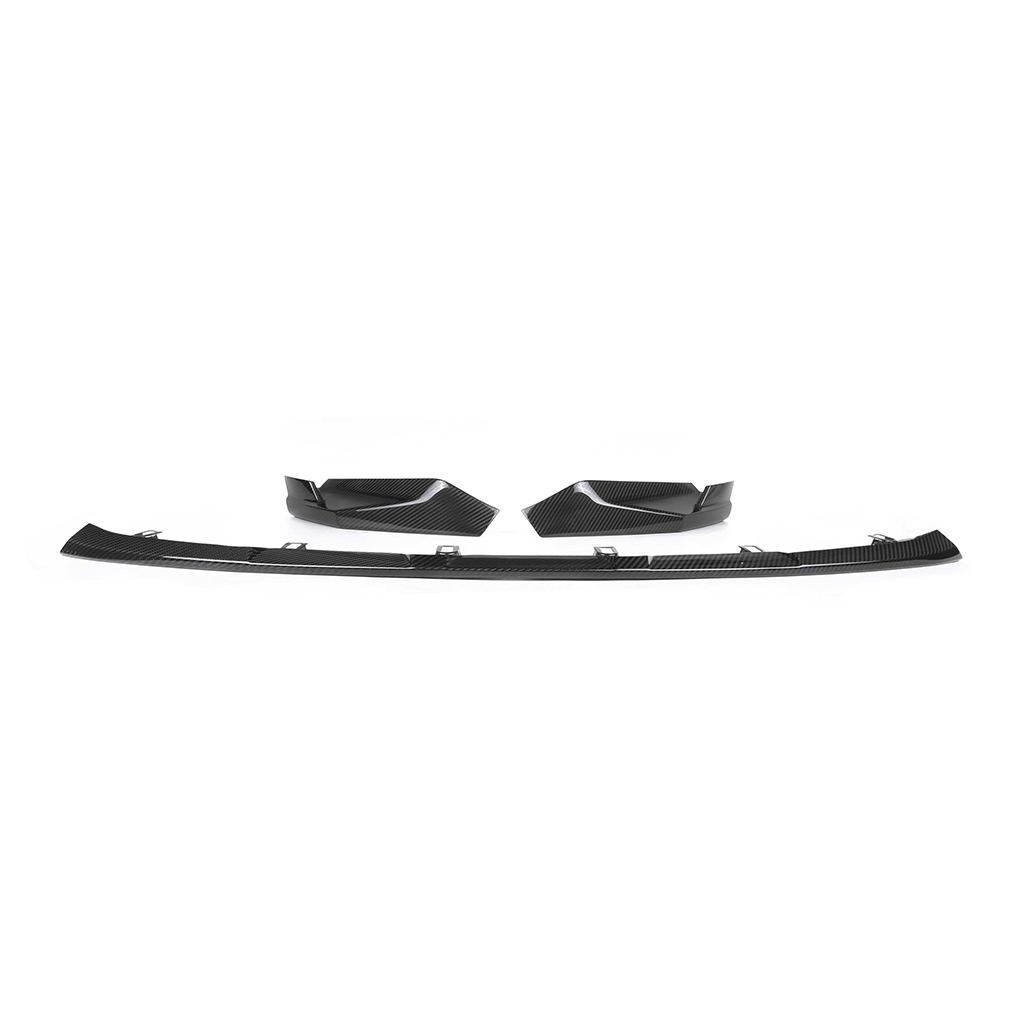
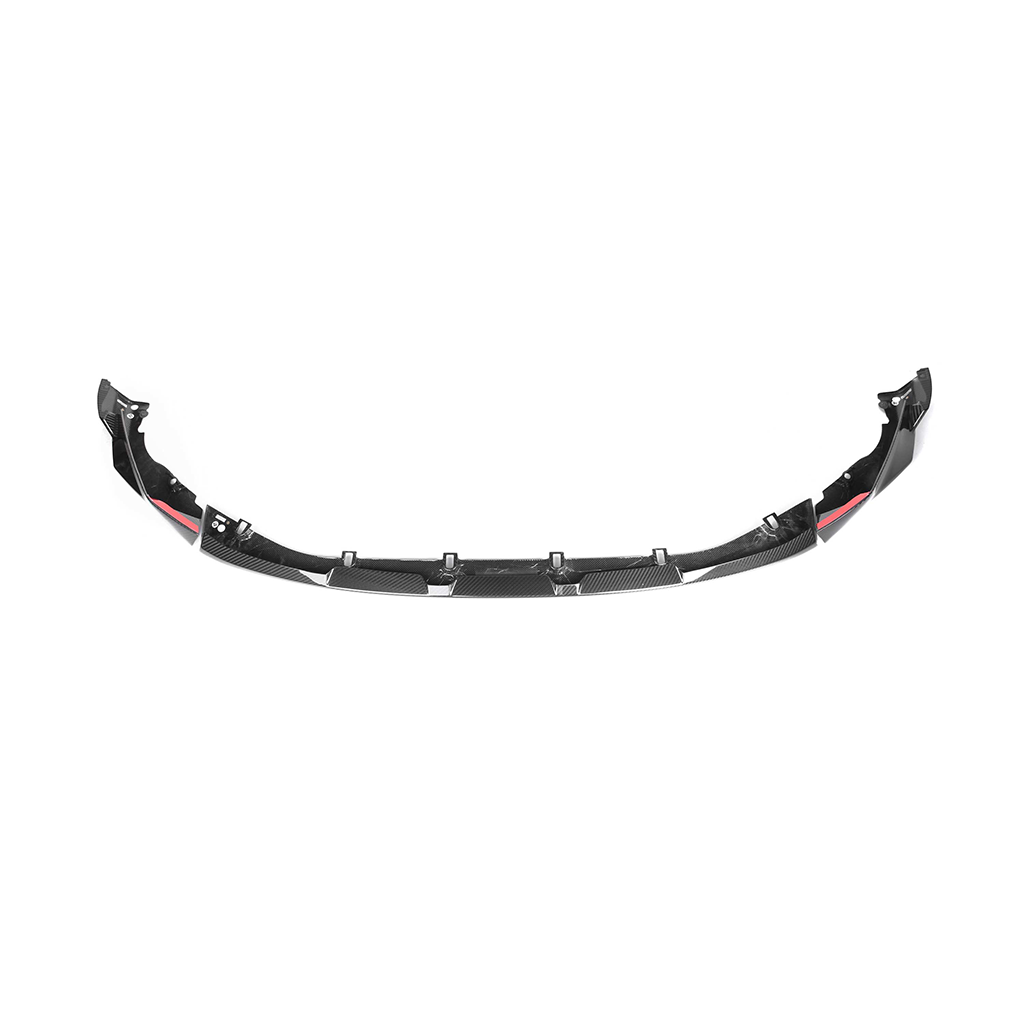
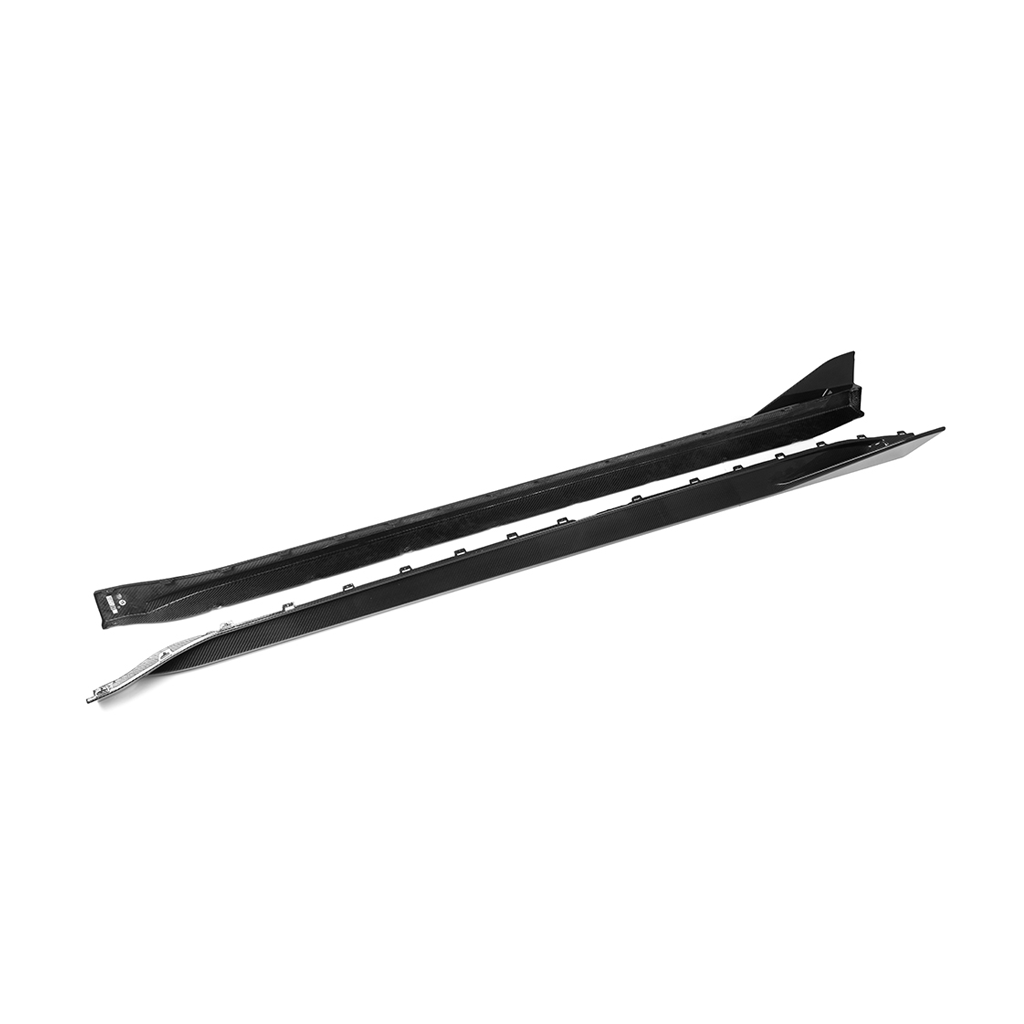
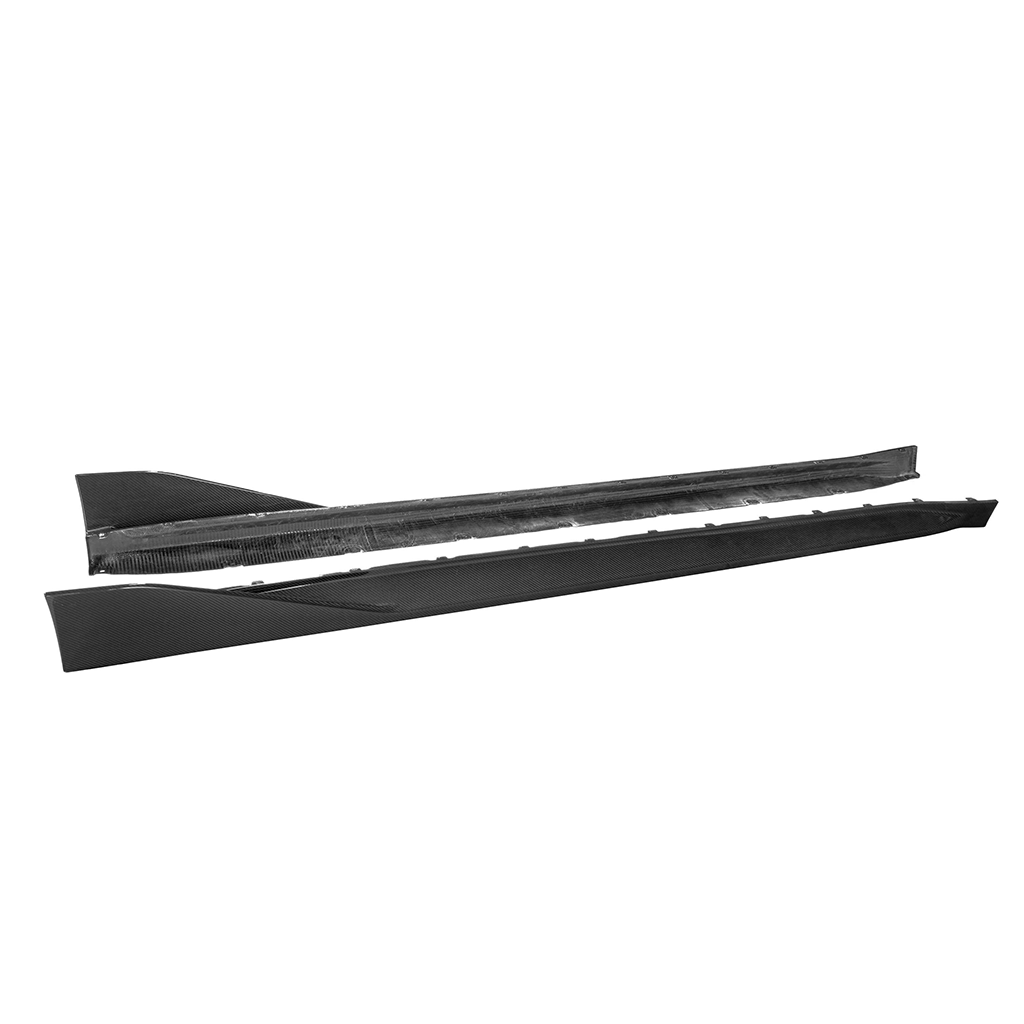
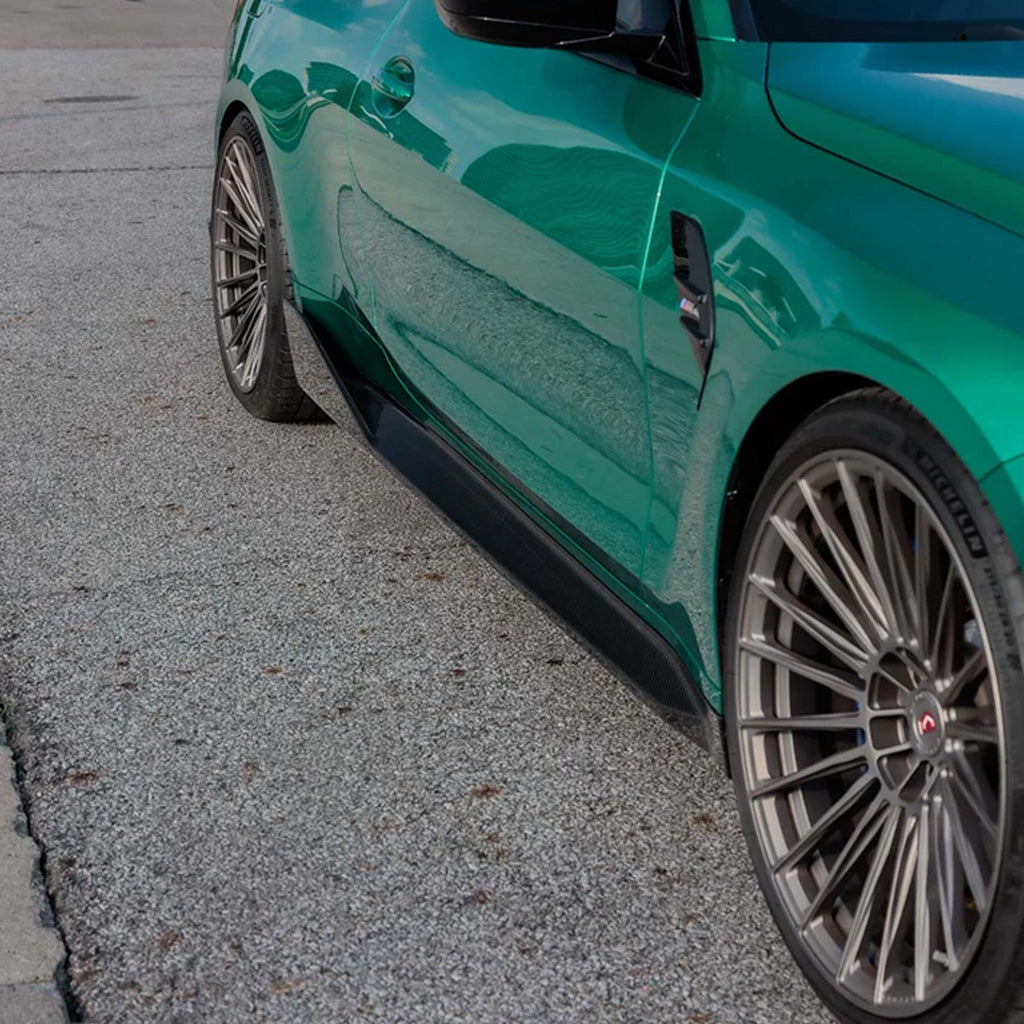



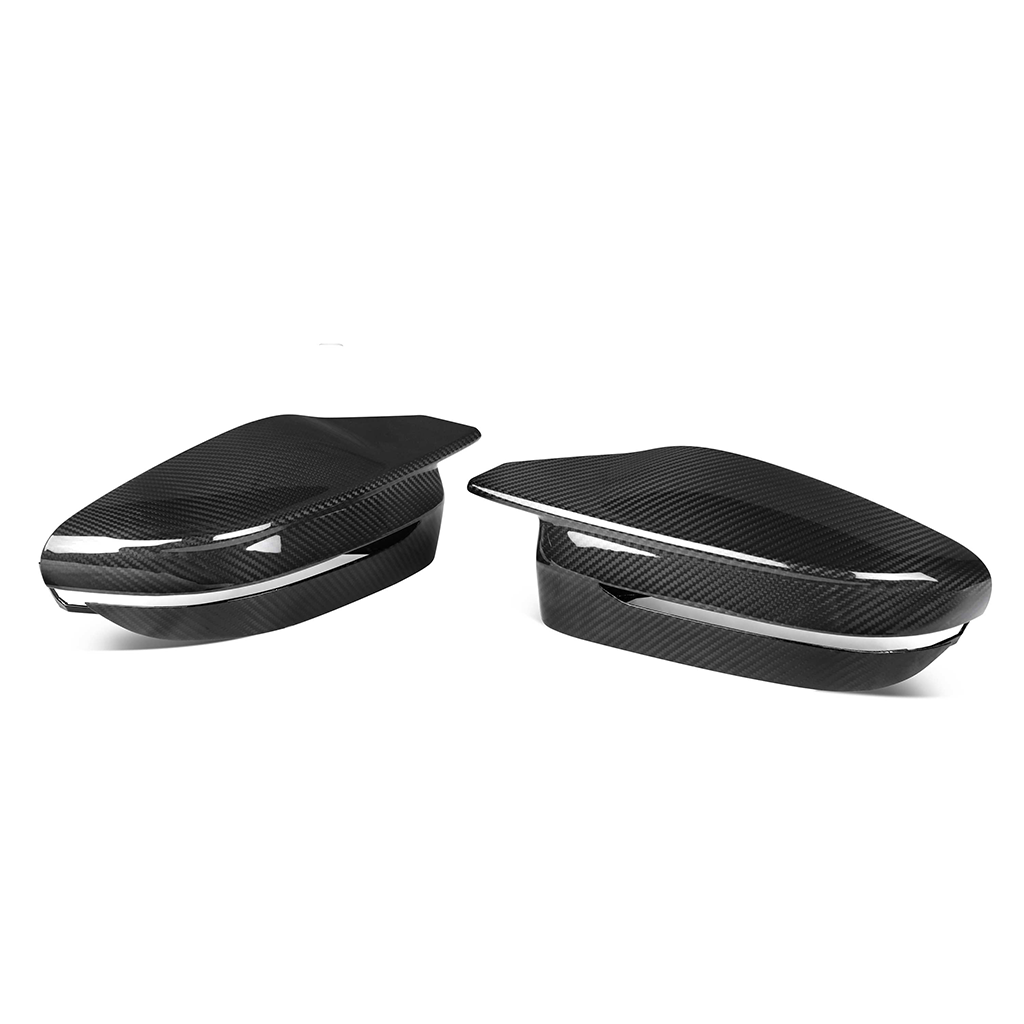
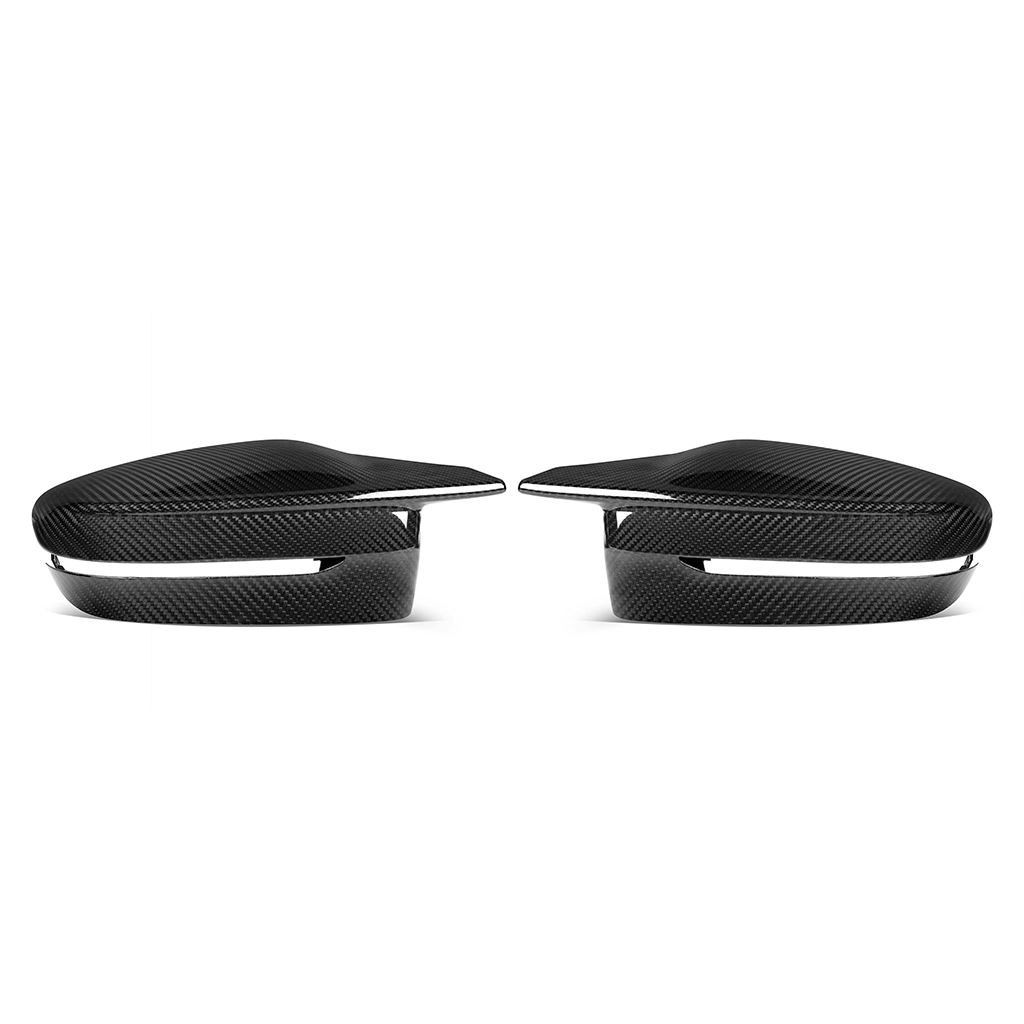
Share:
What Makes Dry Carbon Fiber Surface Finishes Unique Compared to Wet
Carbon Fiber Curing Trends to Watch in 2025